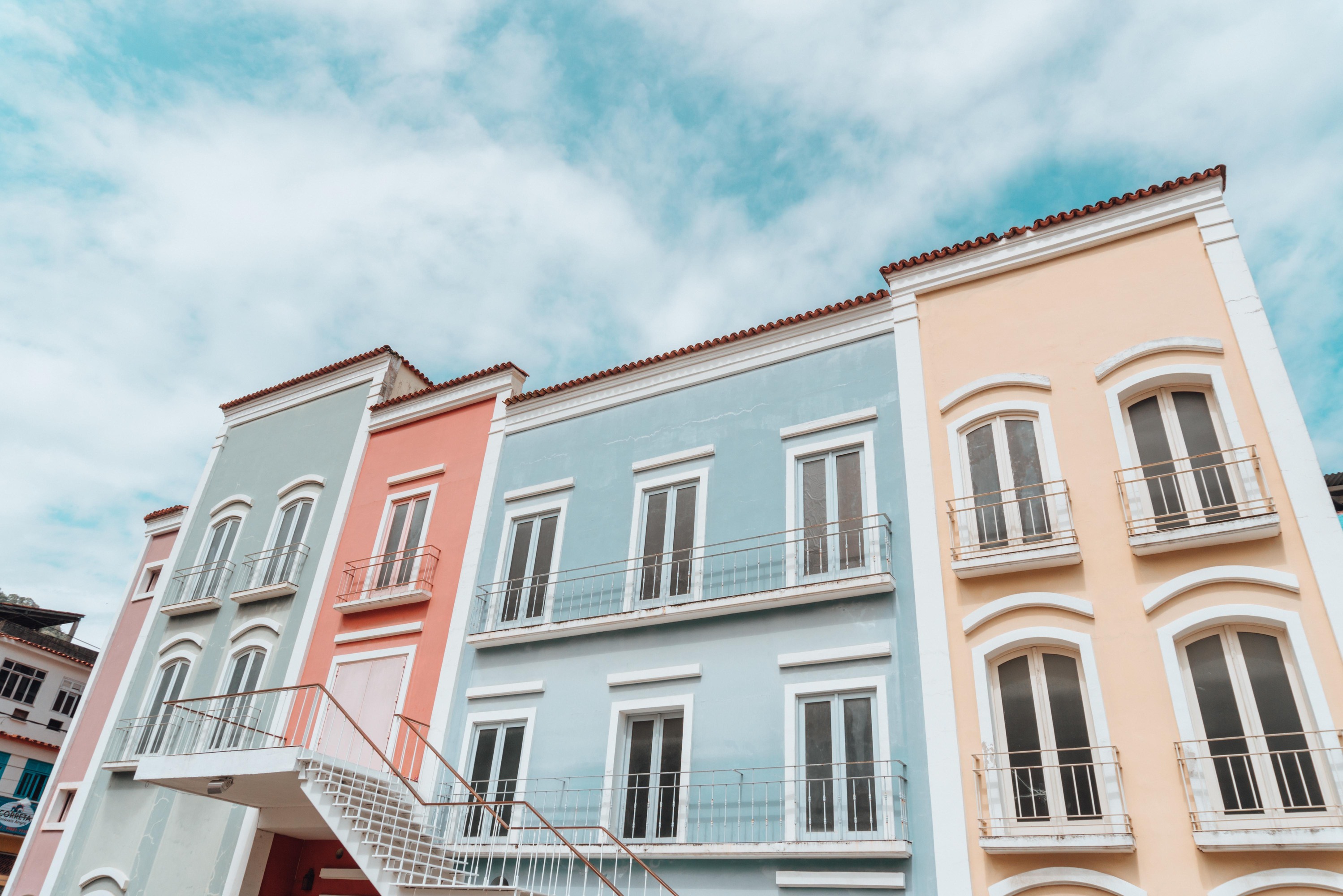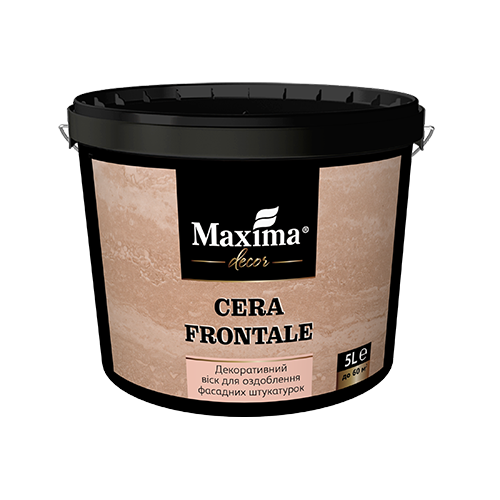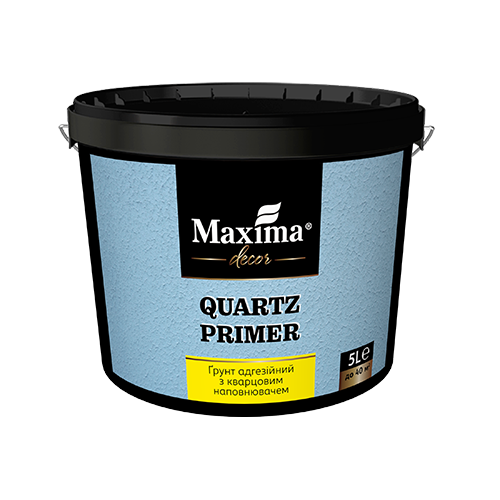Facade plaster: trendy facade colors
The facade protects against rain, snow, sunlight and temperature fluctuation and is the most important part of your house's appearance. That is why on the projecting step, they pay much attention to the design, architectural elements, finishing materials and color rate. Color plays also as an important role, as the design of construction and the quality of the material.
Cera Frontale
Decorative wax for facade stuccos coating
Quartz primer
Adhesive primer with quartz extender
Travertino
Facade stucco with natural stone effect
These days they use facade plasters more often. A facade plaster protects the building against precipitation, water and weather effects, providing a long-lasting coating. Some finishing materials can serve as an insulating material, that lessens the loss of warmth in its turn and increases the energy efficiency of the building.

Facade plaster allows to create various textural effects, imitating stone and other natural materials. It is easy to adapt to the shape of the house and decorate various architectural elements. Besides the paster hides disadvantages and defects on the surface of the base materials. Concerning the colors, the facade plaster can be tinted with pigments, which allows to create almost all kinds of colors and to produce an individual design.
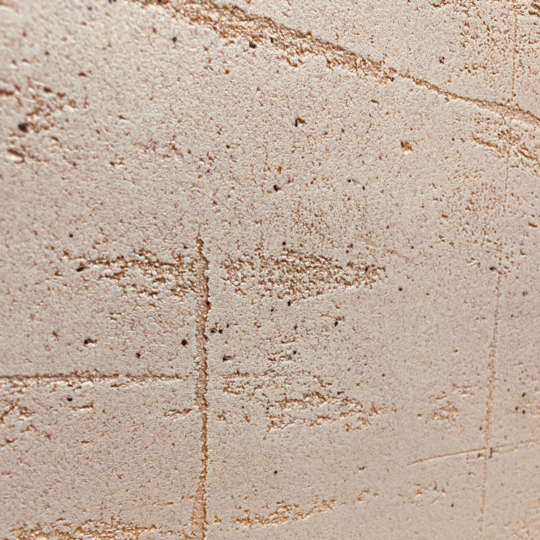
Trendy facade colors
The well-known fact is that facades look better in muted colors, sometimes in colors of medium saturation. In 2024 actual will be natural colors or maximally close to them: blue, green, brown, grey, sandy and alike. We recommend paying attention to "Instagram" colors: they are white coffee and ashy grey. Also, there will be popular monochromic combinations, which means several shades of one color.

The choice of color is based not only on the actual season color rate but also on the style of the house design. For example, using beige, pastel yellow or light-brown shades for a classic style is better. Minimalism in the house style requires a cold color rate, like concrete grey, bluish grey or neutral white. For eco-style and Rustic people choose shades of green (pistachio, mint, oliva) and muted shades of yellow or orange (weed, honey or relaxing shade of cinnamon).
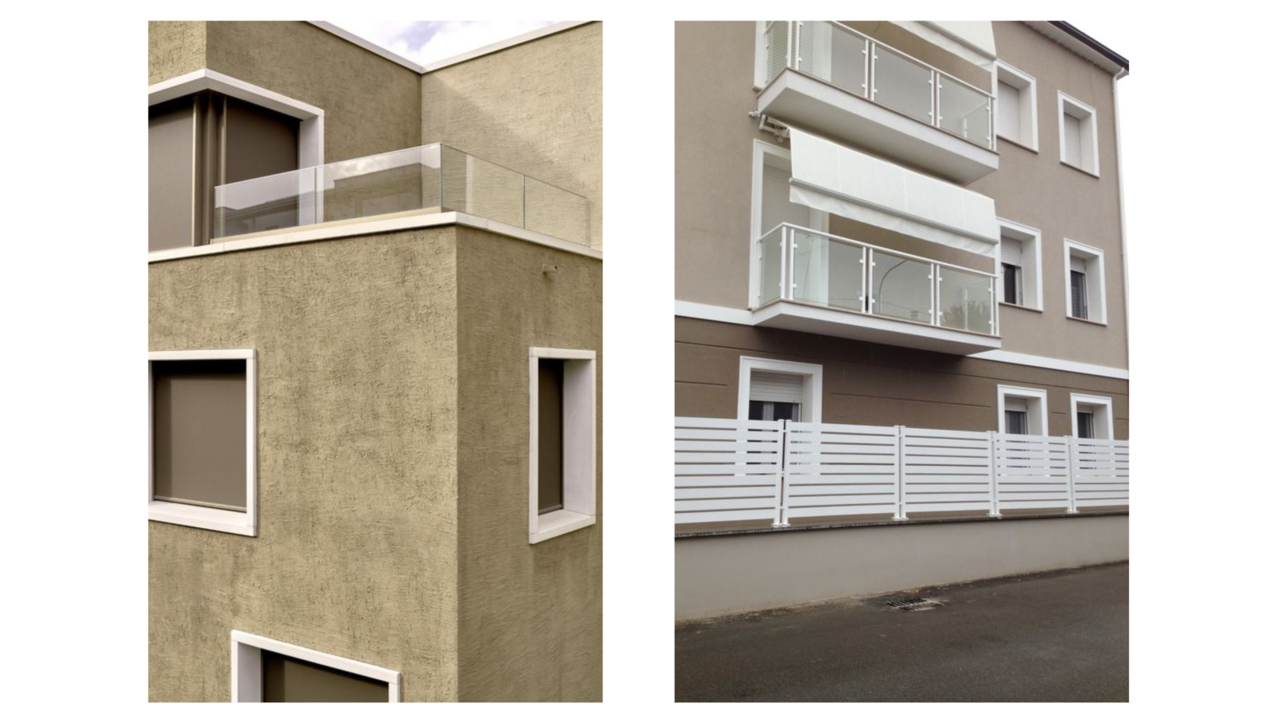
How to choose a color for the facade
- Pay attention to the surrounding landscape and conditions. The color of your facade shall look with neighboring houses and the location in harmony.
- Remember the style of the house and architectural details, like windows and pillars. The color can emphasize the style and its details or, on the contrary, it can focus the whole attention on itself and then the expressiveness of the house will fade.
- Take into account the lighting. The colors may look different depending on the daytime.
- Color resistance. Some colors fade very quickly under the sunlight and weather effects. We refer to these colors as shades of yellow because they can become faded under the ultraviolet impact. Bright sunlight affects the same way on the red and blue. These colors also fade.
- Don't neglect the specialists' pieces of advice. Ask designers and consultants for help in choosing the option color decision, which emphasizes your house facade best of all.
- Make color decoration in real conditions and you will quicker understand, which color you like.
- Discuss it with your relatives. This is not only a good reason to spend time with the family but also to understand the color preferences of each member of the family and find the ideal color for the house.
- District rules. it is a common thing when some districts have restrictions in facade color and requirements to the the general look of the complex. So, we recommend you first check the community rules and only then start facade works.
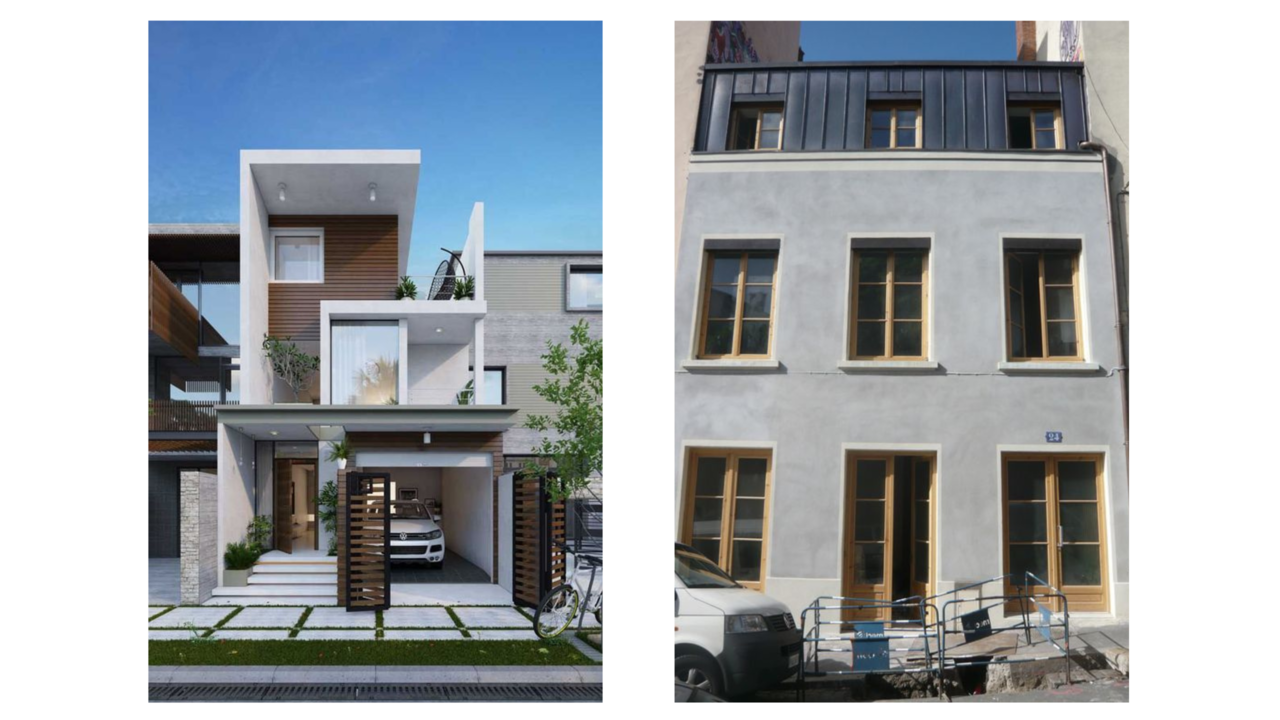
- 21.02.2024
